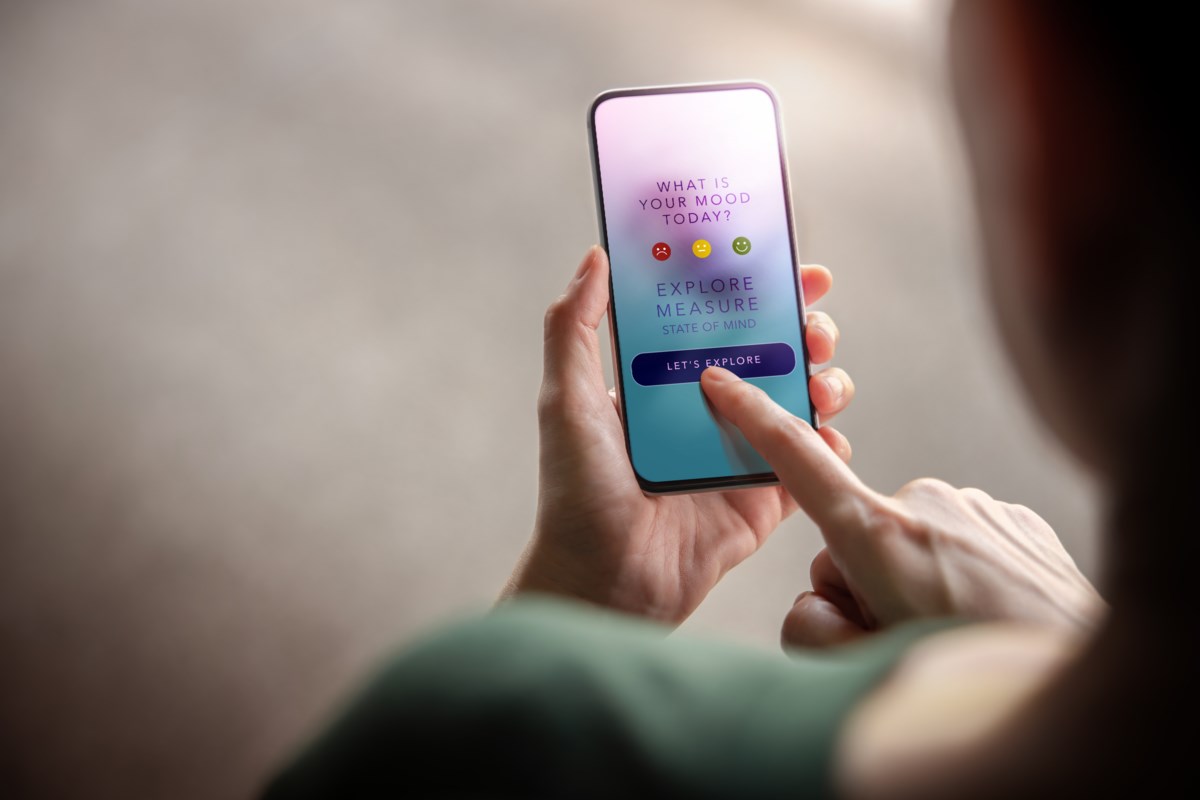The Future of Wearable Health Tech: Innovations Transforming Personal Care


Wearable technology has evolved from basic step counters to sophisticated devices capable of monitoring various aspects of personal health in real-time. As technology advances, these devices are transforming personal care, offering unprecedented insights and convenience for users. This post details the future of wearable health tech innovation driven by AI, IoT, and breakthroughs in material science.
A Brief History of Wearable Health Tech
The journey of wearable health technology began with simple pedometers and fitness trackers. Early devices were focused on promoting physical activity, providing users with data on steps taken, distance traveled, and calories burned.
Over time, the integration of heart rate monitors, GPS, and sleep tracking features expanded their utility. Today, wearables like smartwatches and fitness bands provide continuous health monitoring, empowering users to take control of their well-being.
Innovations Shaping the Future
Advanced sensors for comprehensive monitoring: Future wearables will feature highly sensitive biosensors capable of monitoring blood glucose levels, hydration status, and stress levels. These sensors will enable non-evasive testing, such as monitoring blood sugar without painful finger pricks, a groundbreaking advancement for people with diabetes.
AI-powered insights: Artificial intelligence is revolutionizing wearable health tech by analyzing data and providing actionable insights. AI algorithms can detect anomalies, predict health risks, and recommend lifestyle changes tailored to the individual. This level of personalization will help users stay proactive about their health.
Integration with smart fabrics: Smart fabrics embedded with sensors are set to redefine wearable health tech. These textiles can track vital signs like heart rate and respiration, making wearables more comfortable and versatile. From workout gear to everyday clothing, smart fabrics will seamlessly integrate health monitoring into users’ lives.
Augmented reality and virtual reality applications: Wearables with augmented reality (AR) and virtual reality (VR) capabilities are being developed for fitness and rehabilitation. For instance, VR headsets can create immersive workout experiences, while AR glasses can provide real-time feedback on posture and form during exercise.
Expanding Applications in Personal Care
The versatility of wearable health tech is evident in its expanding applications. Devices are tailored to specific health needs, such as managing chronic conditions or supporting mental well-being. For example, wearable ECG monitors can detect arrhythmias, while mindfulness devices can track stress levels and guide users through breathing exercises.
The integration of wearable tech into everyday life also opens the door to unique opportunities for personal care. Wearables can sync with other smart devices, such as home health equipment and air purifiers, to create a holistic health ecosystem.
Additionally, innovations like naturally grown THCa flower could be used with wearables to track relaxation levels or stress relief, combining natural remedies with technology for improved wellness.
Challenges and Opportunities
Despite its potential, wearable health tech faces several challenges. Data privacy remains a primary concern, as wearables collect sensitive health information. Manufacturers must ensure robust cybersecurity measures to protect users’ data. Additionally, wearables must be accessible and affordable to avoid widening the health disparity gap.
On the flip side, these challenges present opportunities for innovation. Startups and established tech companies are investing in encryption technologies and blockchain solutions to enhance data security. Simultaneously, government initiatives and partnerships can help make these devices more affordable for underserved populations.
Endnote
Wearable technology is on the verge of a new era, with innovations transforming how personal care is delivered. By leveraging AI, innovative materials, and enhanced connectivity, these devices will continue to empower individuals, making health management more accessible, personalized, and eff
link






